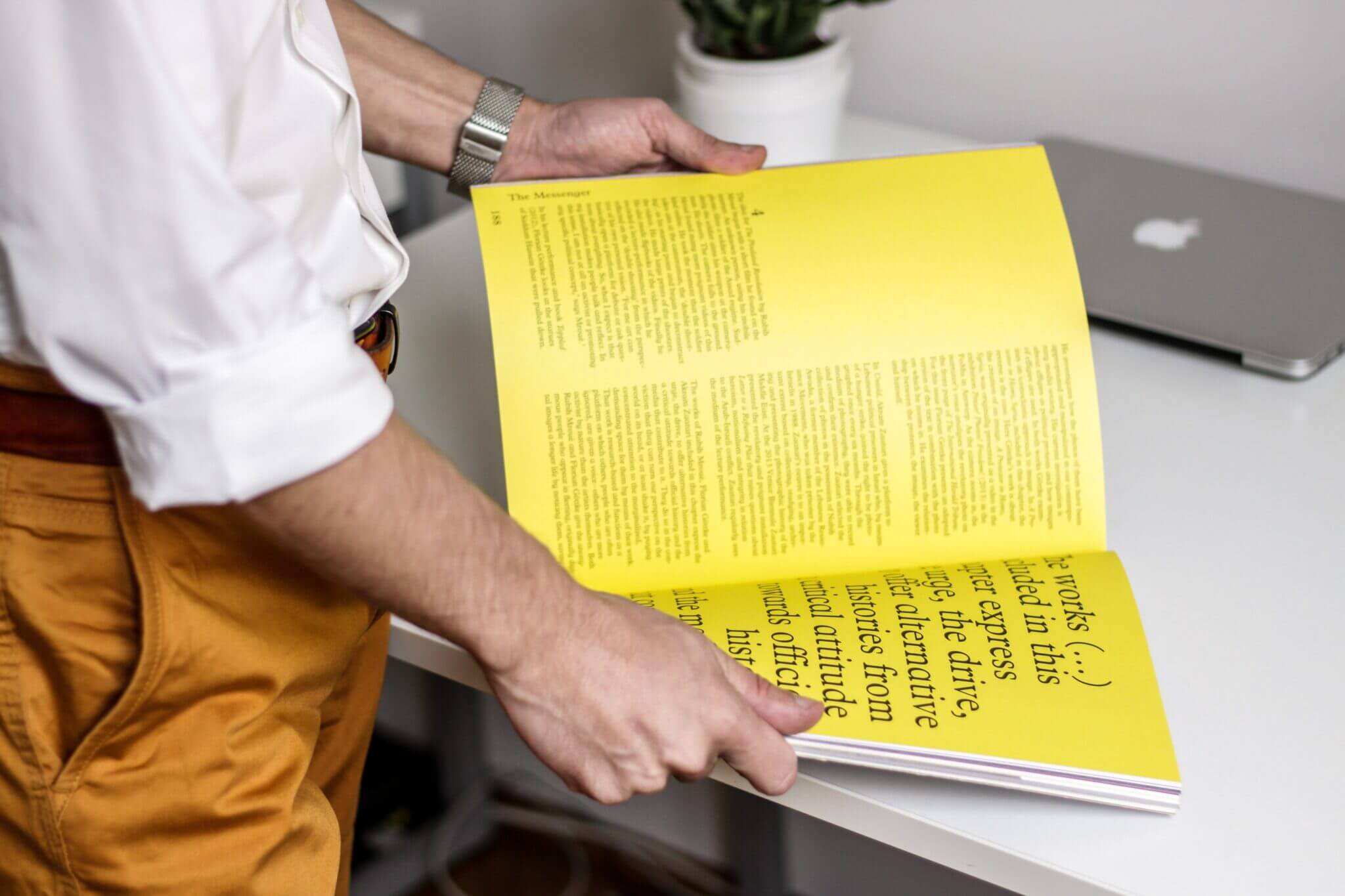Key Takeaway:
Humour is a human phenomenon that has been observed in every known human culture, with the average person laughing around 17 times a day. Humour is fundamentally social and is more likely to be laughed when in a group. To be more humorous, four rules of thumb should be followed: be playful, contradict yourself, be illogical, and raise arousal. Playfulness keeps the audience in a state of play, while contradiction involves two contradictory interpretations of something. Illogical reasoning is often funnier, and raising arousal does not impinge on the play state mentioned in Rule 1. Understanding humour is one way to get to the core of what it is to be human.
Humour is a funny thing. Everyone knows what humour is but no-one knows exactly how it works. This is the reason why I decided to write a PhD on the philosophy of humour. Some may see this as an odd mix – after all, philosophy is a weighty discipline and humour a light topic.
But humour is a phenomenon that anthropologists have discovered in every known human culture and the average person laughs around 17 times a day. Moreover, although primatologists have observed laughter in apes (and rats), the mental sophistication required for full-blown humour seems to be exclusively human. Surely this makes it a legitimate topic to furrow a few philosophical brows.
So humour is human – but plenty of us have not perfected the art quite yet. For those still struggling, here are four rules of thumb for being more humorous:
1. Be playful
Keeping your audience in a state of play is essential for humour.
Evolutionary biologists have characterised humour as evolving from social play following observations that apes emit vocalisations resembling laughter during playful activities such as tickling, chasing or wrestling. This would explain why humour is fundamentally social and why we are up to 30 times more likely to laugh when in a group.
Consider the following example from Groucho Marx:
I never forget a face. But in your case I’ll make an exception.

This quip may be considered malign and unfunny when taken seriously, but is benign and funny when taken playfully.
2. Contradict yourself
Humour usually involves two contradictory interpretations of something. In puns, this can be two interpretations of one word:
Never date a tennis player. Love means nothing to them.
Or two interpretations of a situation:
Claire calls Craig and warns him to be careful driving on the motorway because the radio says there’s a nut driving in the wrong direction. ‘No kidding,’ says Craig. ‘There are hundreds of them!’
Humour can even involve two interpretations of a character, like when Basil Fawlty mistakes an ordinary guest for a hotel inspector:
Here the audience enjoys the humour of watching scenes unfold under two contradictory interpretations of the baffled guest.
3. Be illogical
The contradiction mentioned in Rule 2 is often funnier when reached by an illogical line of reasoning.
Linguists say that humour differs from puzzle-solving in that we are not looking for sense but rather for nonsense. This might explain the popularity of the Twitter account Kids Write Jokeswhich tweets nonsensical jokes created by children and enjoyed by adults.
Here the answer is nonsense but we delight in the illogical reasoning. Conversely, the reasoning in humour can be logical but misapplied:
A moron walks into a restaurant and orders a pizza. The waiter asks whether he wants it cut into four slices or eight. ‘Four,’ says the moron. ‘I’m on a diet.’
4. Raise arousal
Research has shown that increasing psychological arousal serves to make things funnier.
One study had participants nervously agree to inject a large rat only to discover that it was plastic toy. The results showed that those who were most anxious about injecting the rat were also the most amused by the discovery.
Humour often raises audience arousal by violating expectations or norms. Violating expectations raises arousal through surprise:
Two fish are in a tank. One turns to the other and says ‘Quick, man the guns!’
Whereas violating norms raises arousal through inappropriateness:
A priest in town is accosted by a prostitute. ‘A quickie for twenty pounds?’ she asks. Puzzled, the priest shakes her off. Outside town he meets a nun. ‘Pardon me, sister,’ he asks, ‘but what’s a quickie?’ ‘Twenty pounds,’ she says. ‘Same as in town.’
However, the raising of arousal must not impinge on the play state mentioned in Rule 1. This impingement is what happens when humour is racist, sexist or generally crosses the line.
Of course, simply knowing these four rules is not enough to be funny – just as reading Plato is not enough to lead a rich and meaningful life. But understanding humour is one way of getting to the core of what it is to be human.





























